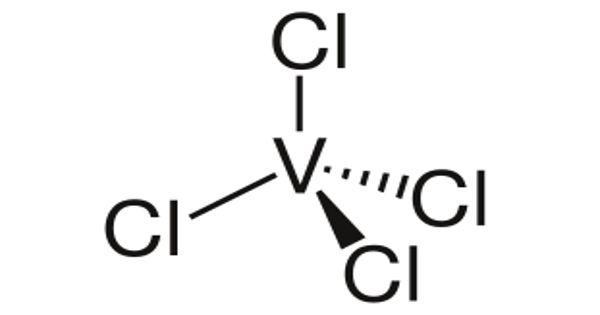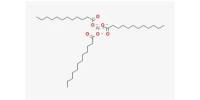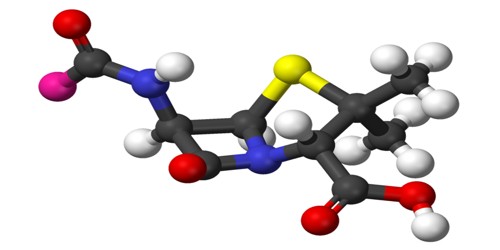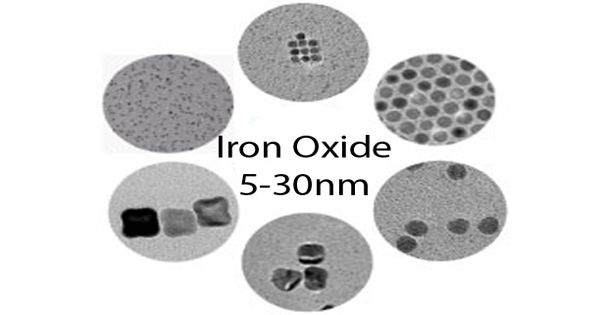Titanyl sulfate is the inorganic compound with the formula TiOSO4. It is typically a yellow, crystalline solid that contains titanium in a +4 oxidation state, bonded to an oxygen atom and a sulfate group. It is a white solid that forms by treatment of titanium dioxide with sulfuric acid, either directly or indirectly. It is used in various applications, especially in the field of chemistry for the preparation of other titanium compounds.
It hydrolyzes to a gel of hydrated titanium dioxide. It is formed by reacting titanium tetrachloride (TiCl₄) with sulfuric acid (H₂SO₄) or by other methods involving titanium salts and sulfuric acid. Characteristic of most titanium(IV) compounds with oxygen-containing ligands, the species also includes oxo ligands. The compound is quite reactive, and it needs to be handled carefully, as it can decompose and release toxic gases under certain conditions.
Properties
- Chemical formula: O5STi
- Molar mass: 159.92 g·mol−1
- Density: 1.3984 g/cm3
- Appearance: It is typically a white crystalline or powdery substance in its anhydrous form, though hydrated forms may be slightly different in appearance.
- Solubility: It is soluble in water, forming an acidic solution.
- Chemical Structure: It exists in a tetrahedral form, with a central titanium ion surrounded by sulfate groups.
- Acidity: It’s an acidic compound. When dissolved in water, it produces sulfuric acid, making the solution acidic.
- Reactivity: It is reactive with moisture and may hydrolyze in aqueous solutions to form titanium hydroxide or other titanium-based compounds.
Preparation
A number of methods provide titanium(IV) sulfates. One approach begins with K2TiO(C2O4)2·2H2O, which can be obtained from hydrous titanium(IV) oxides. This salt is treated with hot aqueous sulfuric acid to degrade the oxalate:
K2TiO(C2O4)2·2H2O + 2 H2SO4 → K2SO4 + TiOSO4 + 2 CO + 2 CO2 + 4 H2O
Occurrence
Titanium sulfate doesn’t naturally occur in significant quantities in nature. However, it is typically obtained as a byproduct from the sulfate process for extracting titanium from its ores. The major natural sources of titanium include the minerals ilmenite (FeTiO3FeTiO3) and rutile (TiO2TiO2).
Extraction Process: In the sulfate process, titanium ores are treated with sulfuric acid, producing titanium sulfate as one of the intermediate products. It is then further processed or converted into titanium dioxide (TiO2TiO2), which is widely used in the production of pigments.
Applications
- Titanium Dioxide Production: The most significant industrial use of titanium sulfate is in the production of titanium dioxide (a white pigment).
- Catalysis and Other Uses: It can sometimes be used in chemical reactions as a catalyst or as part of various chemical processes, but its use is less common compared to titanium dioxide.
















